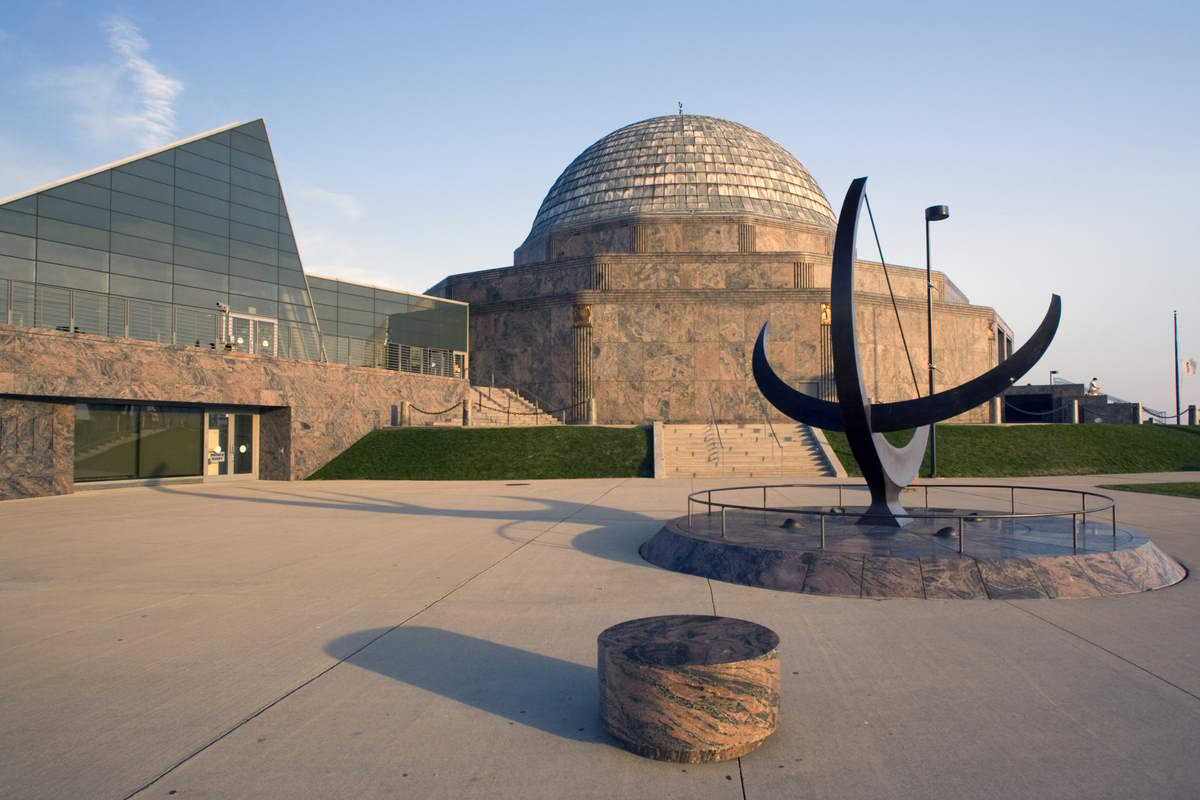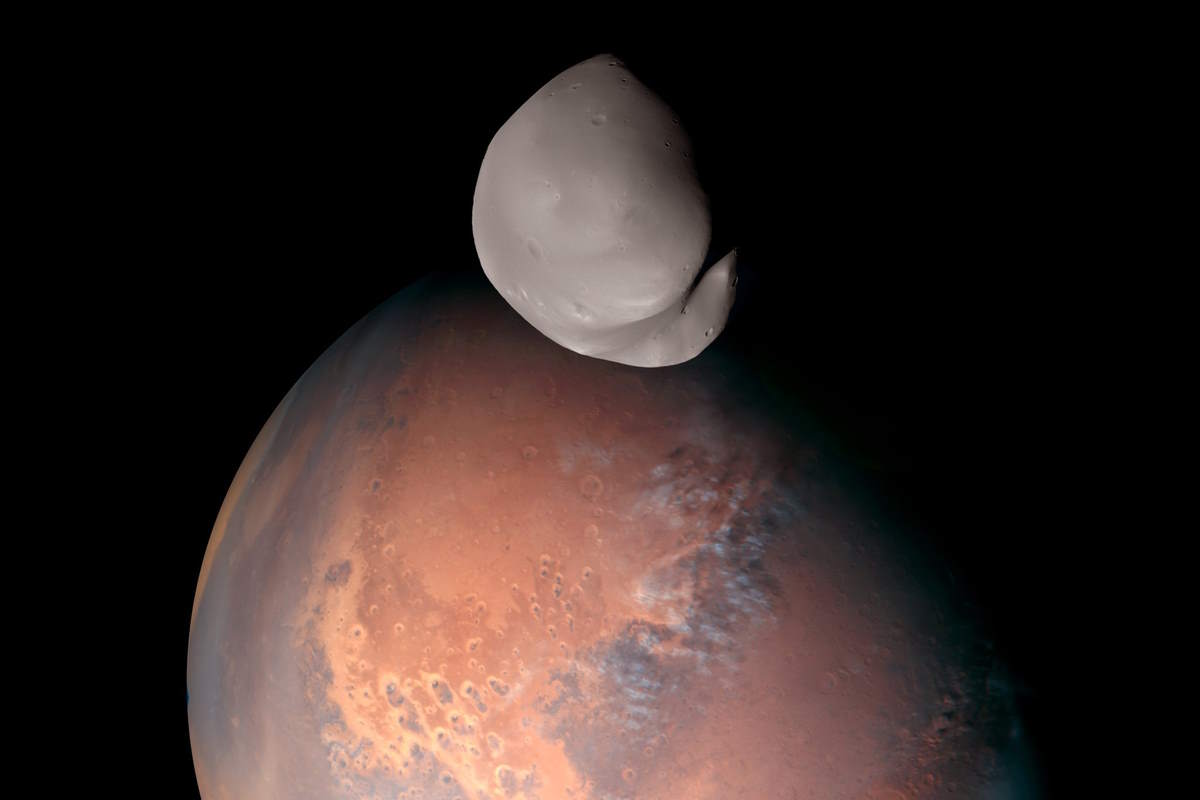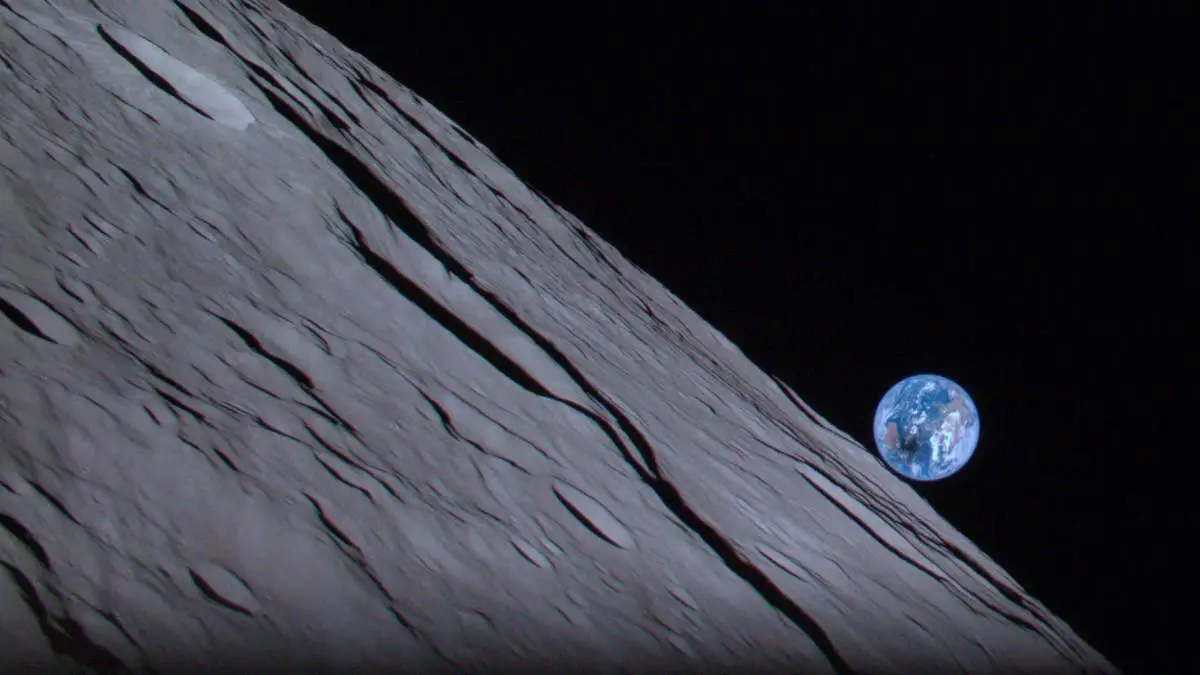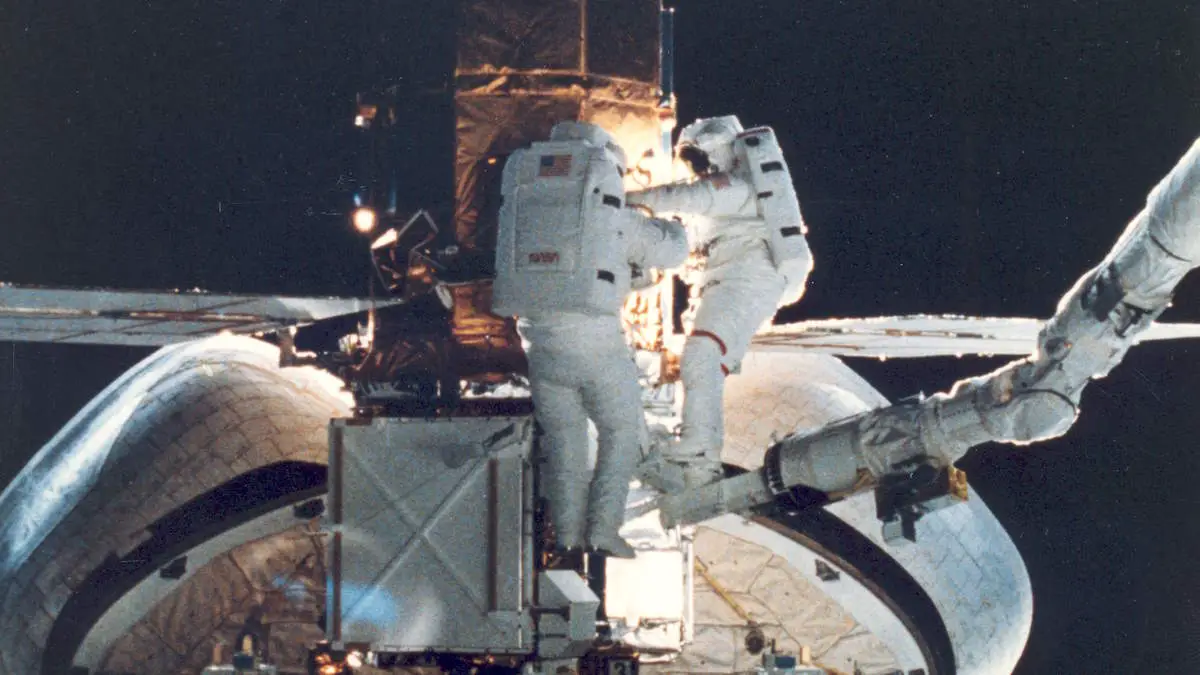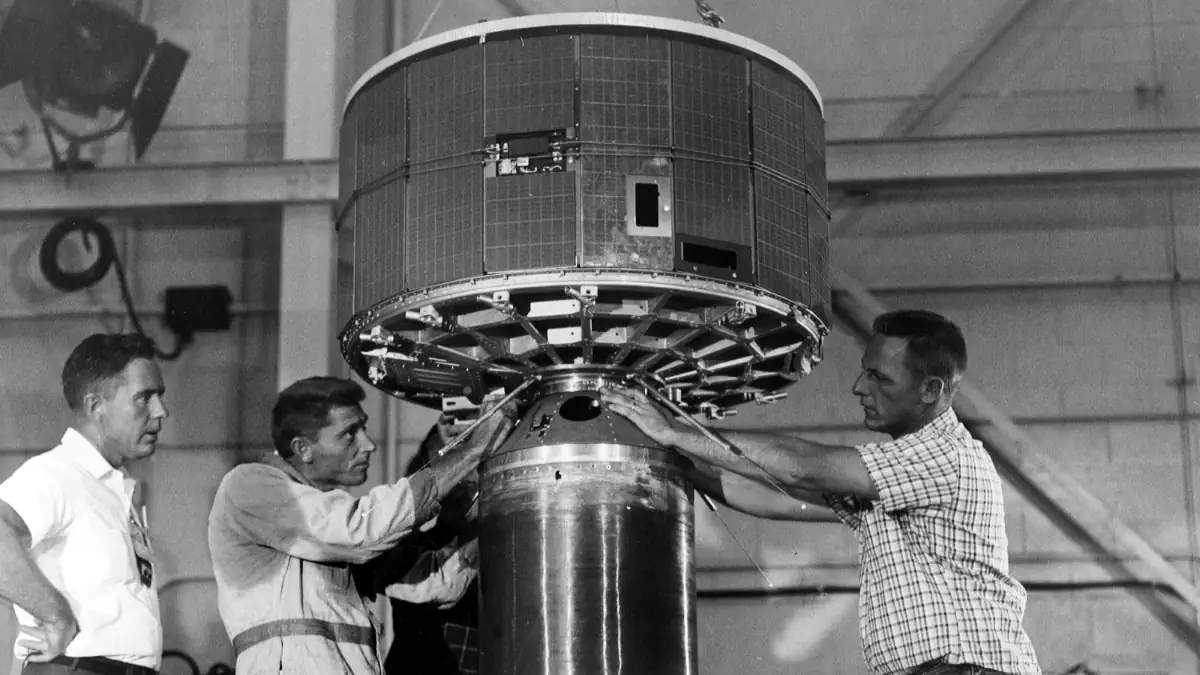Cassius, holding the impressive title of the world’s largest crocodile in captivity, has just marked a significant milestone – his 120th birthday. Although scientists are working with an estimated age, the sheer longevity of this formidable creature is nonetheless astounding. This occasion marks not only an individual triumph for Cassius but also shines a spotlight on the world of conservation and the intriguing life span of crocodiles. As we celebrate Cassius’s 120 years, we delve deeper into his captivating life journey and the broader implications of his remarkable age.
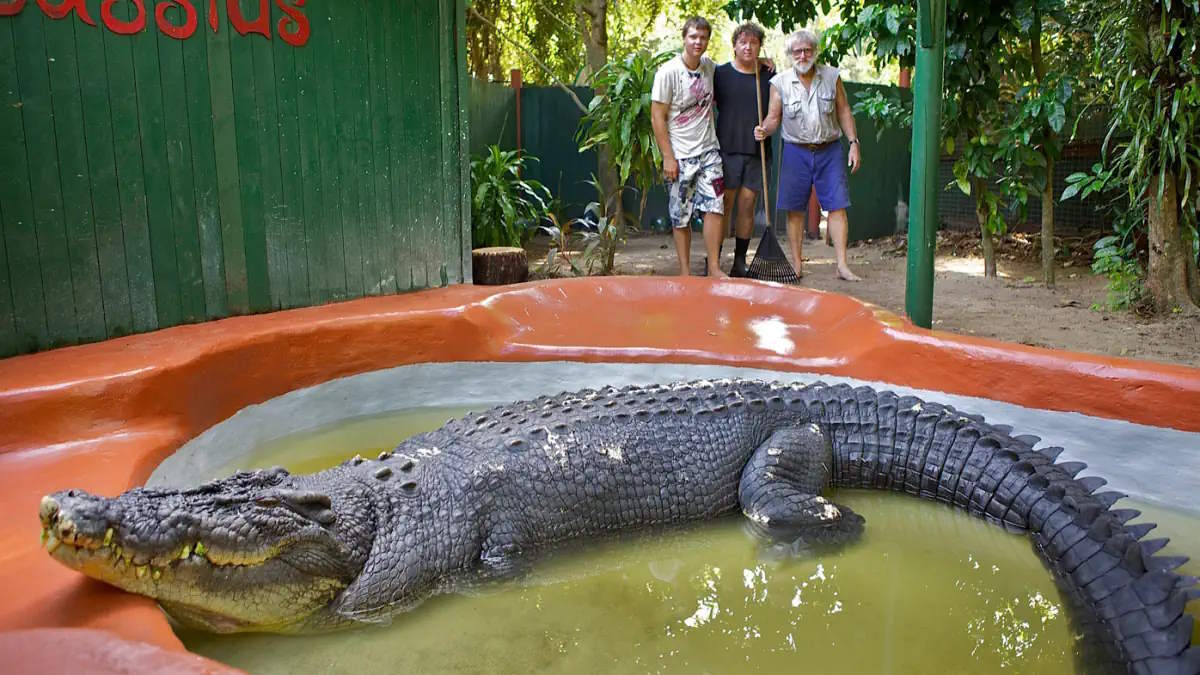
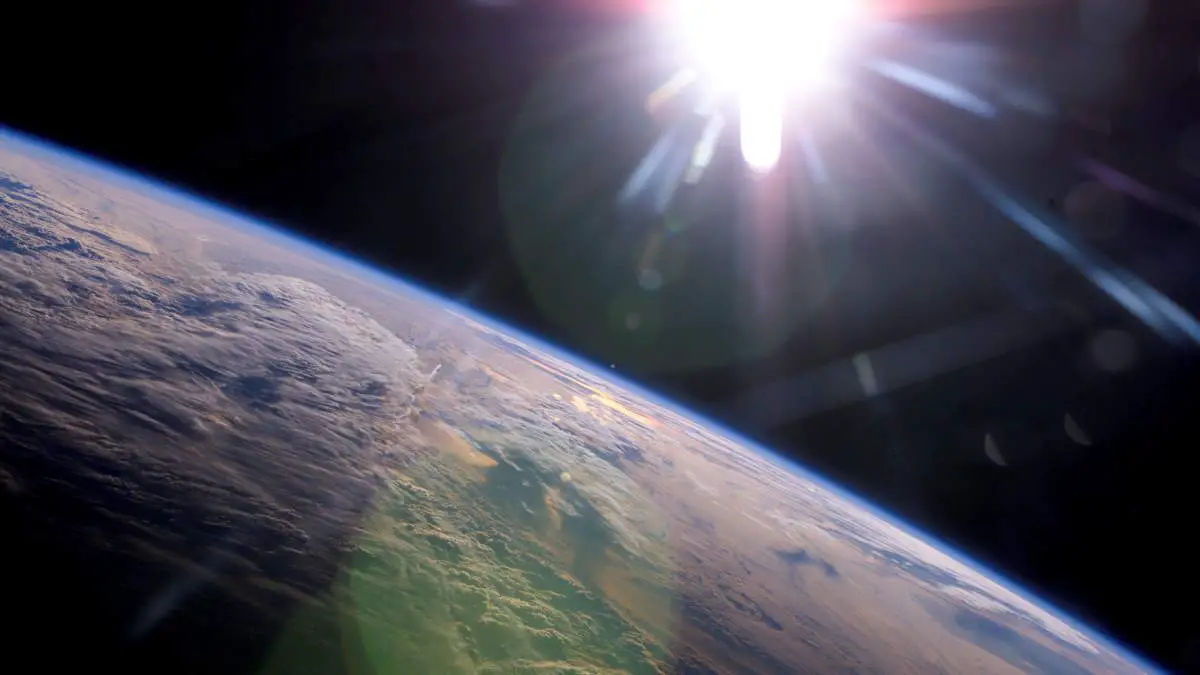
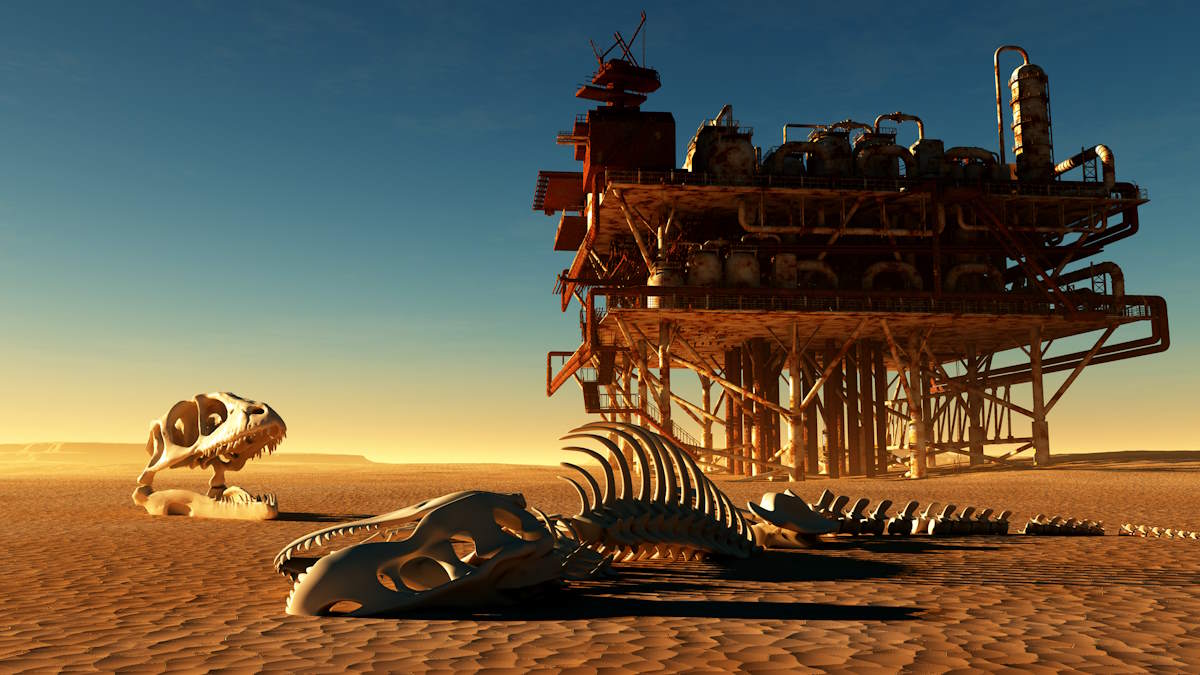
![Cassini image of Saturn and its rings [October 28, 2016]](https://cdn-0.ourplnt.com/wp-content/uploads/2023/05/Saturn-Cassini-2016-10-28.jpg)
